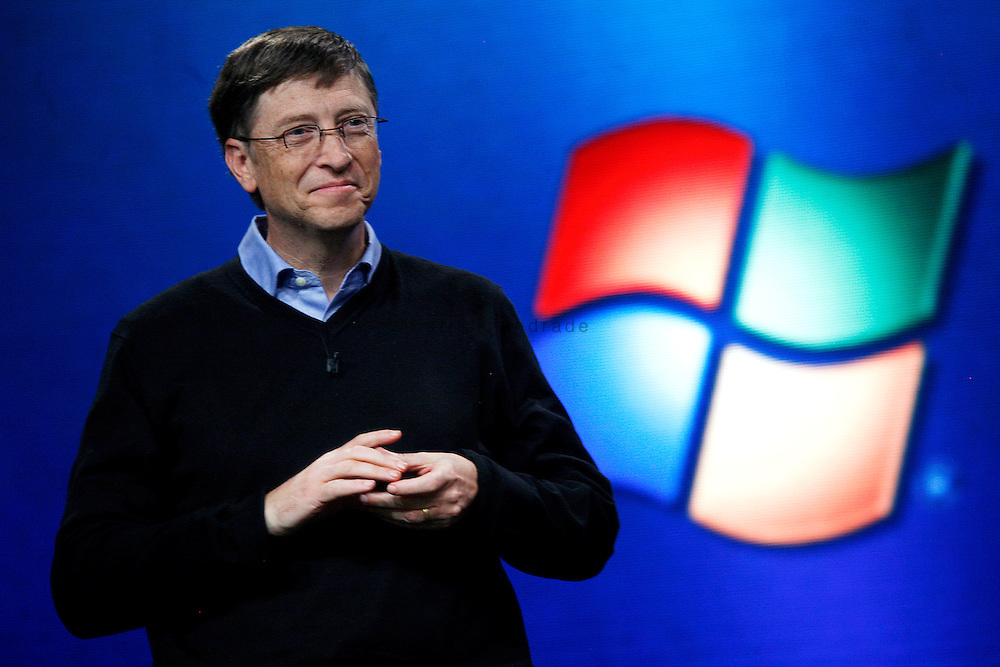In the ever-evolving landscape of technology, few names resonate as profoundly as that of Bill Gates. The launch of Windows Vista, a pivotal moment in the Early 2000s, showcased not only Gates’ enduring influence in the tech industry but also the complexities of user experience and software development. Vista, which hit the market in January 2007, was met with a cacophony of responses ranging from enthusiasm to derision. Yet, amidst its critics, one cannot overlook the profound fascination that surrounds its release and Gates’ continuous presence in this realm.
Vista was marketed as a revolution, a sophisticated leap into the future with its enhanced security features and an aesthetically pleasing interface. For many users, this advent represented a paradigm shift—a shift towards a more integrated experience that would lay the groundwork for the subsequent generations of Windows operating systems. It underscored Gates’ belief in the potential of personal computing to revolutionize daily life, as he famously envisioned a computer on every desk and in every home. Yet, the imagery of Vista was not wholly embraced; its complexity and system demands led to mixed reviews that have become a part of its legacy.
One common observation about Windows Vista centers on its ambition. While some users experienced compatibility issues and performance setbacks, others reveled in its fresh features, such as the visually appealing Aero interface. It was a microcosm of the tech industry’s broader struggles—balancing innovation with usability. That many still discuss Vista years later speaks volumes; it highlights the notion that failed products can still elicit a sense of nostalgia and curiosity. What initially baffled many became a case study in how far digital environments could stretch the limits of imagination.
The enduring fascination with Gates and Windows Vista might also be interpreted as part of a larger narrative surrounding innovation. Gates’ relentless pursuit of new technology challenges preconceived notions of success and failure. The tantalizing concept of “what could have been” lingers in the shadows for those who analyze Vista. Its shortcomings serve as a valuable lesson. They illustrate how progressive thinking often walks hand-in-hand with risk and uncertainty.
Furthermore, Vista’s legacy reflects broader societal changes. In an age where user-centric design is king, Gates’ early recognition of the importance of interface aesthetics was revolutionary, setting the stage for today’s emphasis on user experience. Critics often argue that Gates and his contemporaries did not fully appreciate the implications of technology on daily life. Yet this interpretation underestimates the visionary foresight that drove Gates to push boundaries and experiment with new concepts, as evidenced by the waves Vista created, both positively and negatively.
Ultimately, Bill Gates and Windows Vista embody a captivating dance between ambition and reality. As the tech world forges ahead, the conversation about Vista remains emblematic of the challenges that accompany groundbreaking innovation. In navigating this intersection, the allure of Gates continues to be a compelling study in both admiration and critique, reminding us that the journey of technology is as enigmatic as the figures behind it.
